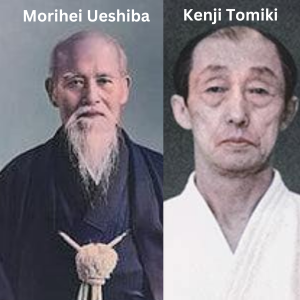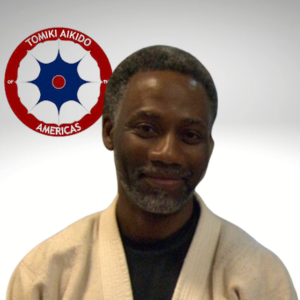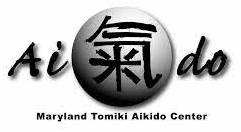What is Aikido?
Aikido is a modern Japanese martial art founded by Morihei Ueshiba in the early 20th century. Unlike many martial arts that focus on defeating opponents, Aikido emphasizes blending with an attacker’s movements and redirecting their energy to neutralize the situation gracefully and effectively. It’s often described as the “art of peace” because it aims to achieve victory through non-resistance and the harmonious resolution of conflict.

Who were Morihei Ueshiba and Kenji Tomiki?
Morihei Ueshiba, often referred to as O-Sensei (Great Teacher), is the founder of Aikido. His vision was to create a martial art that transcended mere combat, promoting the values of unity, compassion, and spiritual growth. His teachings form the core of Aikido practice today, reflecting his belief in the art’s potential to foster peace and understanding.
Kenji Tomiki, a highly respected student of Ueshiba, played a crucial role in the evolution of Aikido. His innovative contributions included the introduction of competitive practice, which enriched Aikido by combining free and pre-arranged forms of training. Tomiki’s development of Tomiki Aikido provided a structured framework that not only refined techniques but also preserved the fundamental principles of harmony and respect central to Ueshiba’s vision. His work has greatly expanded the reach and impact of Aikido, making it a more comprehensive and dynamic martial art.
About MDTAC and Sensei William Ball
At MDTAC, we honor and continue the legacy of both Ueshiba and Tomiki through our training. Our center is hosted at the Baltimore Martial Arts Academy in Catonsville, MD, and is guided by the expertise of Sensei William Ball. Sensei Ball brings a wealth of experience and a deep commitment to the art, fostering a supportive environment where students can develop their skills and personal growth.

Whether you’re a seasoned martial artist or new to Aikido, we invite you to join us and experience the transformative power of this remarkable art. Discover how Aikido can enhance your physical abilities, mental focus, and overall well-being .We look forward to welcoming you to MDTAC and sharing the journey of Aikido with you!



